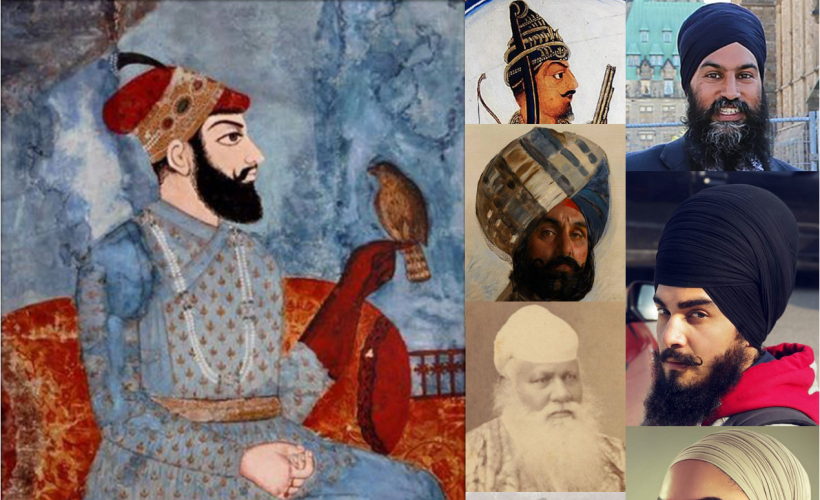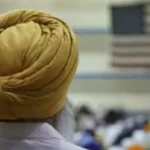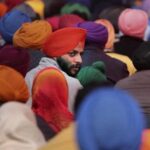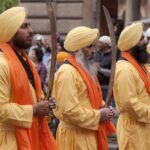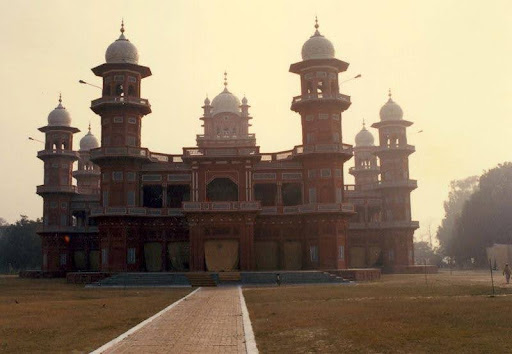Sikh men’s traditional dress is known for its distinct and symbolic elements that reflect the rich heritage and values of the Sikh faith. From the majestic turbans to the modest kachhera, these iconic elements are more than just garments; they embody the Sikh identity and serve as a visible representation of their beliefs and principles. In this article, we will delve into the significance and cultural context of the turban and kachhera, shedding light on their historical roots and contemporary relevance in Sikh society.
The Turban
The turban, or “dastaar” in Punjabi, is one of the most recognizable symbols of Sikhism. It holds great religious and cultural significance and is an essential part of a Sikh man’s attire. The turban represents honor, sovereignty, and discipline, serving as a crown that symbolizes the wearer’s commitment to the Sikh way of life.
In Sikhism, the turban is seen as a way to keep the hair intact, which is considered a gift from God and a sign of respect. The uncut hair, covered by the turban, is an outward expression of a Sikh’s spirituality and devotion to God. It serves as a constant reminder to maintain a high moral character and righteousness in all aspects of life.
The turban also reflects the Sikh community’s egalitarian values. By covering their hair and adorning the turban, Sikhs are encouraged to transcend caste, creed, and social distinctions, emphasizing the equality and unity of all human beings. Furthermore, the turban serves as a symbol of Sikh identity, enabling Sikhs to be easily recognized and fostering a sense of belonging within the community.
There is a wide variety of turban styles within the Sikh community, each reflecting regional and cultural influences. The size, shape, and color of the turban can vary, with some Sikhs choosing to wear vibrant and intricately tied turbans that display a sense of pride and individuality. Turbans are typically tied manually, and the art of turban tying is passed down through generations, often forming an important part of Sikh family traditions.
The Kachhera
The kachhera, commonly known as the “kaccha,” is a specific type of undergarment worn by Sikh men. It resembles loose shorts and is an integral part of the traditional Sikh dress. The kachhera holds both religious and practical significance.
From a religious perspective, the kachhera represents modesty, self-discipline, and the avoidance of lustful thoughts. Sikhism emphasizes the importance of controlling one’s desires and maintaining a disciplined lifestyle. The kachhera serves as a reminder to exercise restraint and remain committed to moral values.
Bana: Sikh ceremonial clothing
The Sikh word for their traditional religious clothing is bana. When participating in worship services and ritual ceremonies in gurdwaras, as well as on holidays and festivals, many Sikhs dress in ceremonial bana. Sikhs who practice extreme devotion may dress in traditional colors every day.
Wearing Chola – Sikh Warrior Garb
A specific type of bana worn by Sikh soldiers in the past is known as a Chola. It is a particular style of clothing or robe with a large flared skirt made of panels to allow for movement. A well-known legend describes how Guru Har Rai caught his chola on a rose bush and the self-mastery lesson it taught.
Hajoori.
A thin strip of turban fabric or other fine cloth, measuring approximately 2 meters or yards in length, can be used as the hajoori (hazoori) neckcloth. The hajoori may be the entire width of the turban cloth or between 8 and 12 inches broad. Though occasionally orange, it is typically white. Most ragis or katha performers on stage at gurdwara programs wear the hajoori. In addition, many Singhs or Singhis who participate in kirtan wear it. Nihang warriors also do. The Hajoori is also worn when preparing and serving langar or prashad, as well as during reading devotional paath. It is wrapped around the mouth or held loosely in place.
Historically, the kachhera had a practical purpose as well. It allowed for ease of movement during physical activities, such as martial arts and horseback riding, which were integral to Sikh warriors known as the Khalsa. Today, the kachhera continues to be worn by Sikh men as a symbol of their heritage and adherence to the principles of the faith.
The kachhera is made of sturdy and durable fabric, reflecting the resilience and strength of the Sikh community. It is worn underneath other garments and is often concealed, but its presence serves as a personal reminder of one’s commitment to Sikh values and principles.
Conclusion
The turban and kachhera are iconic elements of Sikh men’s traditional dress, embodying the core principles of Sikhism and symbolizing the rich cultural heritage of the Sikh community. The turban represents honor, equality, and religious devotion, while the kachhera signifies modesty, self-discipline, and strength. Together, these garments reflect the holistic approach of Sikhism, encompassing spirituality, personal values, and community identity. By understanding the cultural significance of these elements, one gains a deeper appreciation for the Sikh faith and its visual representations in traditional attire.
